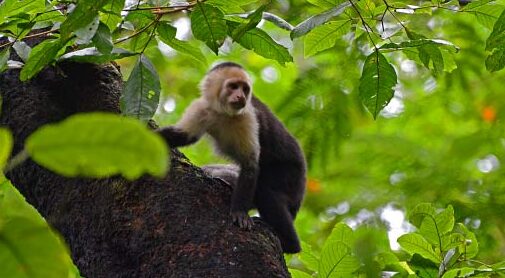Discovered in 2016 in the Panama Canal area, Panamacebus transitus has been identified as the earliest known monkey to have reached the Americas, dating back approximately 21 million years. This find significantly alters our understanding of primate migration and geographical distribution during the Miocene epoch.
This arrival in the Americas is a remarkable testament to the dispersal capabilities of primates. The prevailing theory is the “rafting hypothesis,” which suggests that these primates crossed the Atlantic Ocean on natural rafts. These rafts, formed from matted vegetation washed out to sea during major storms, would have drifted across the ocean, carried by prevailing currents. This method of dispersal, while rare and dependent on numerous favorable conditions, highlights the incredible adaptability and survival instincts of these early primates.











